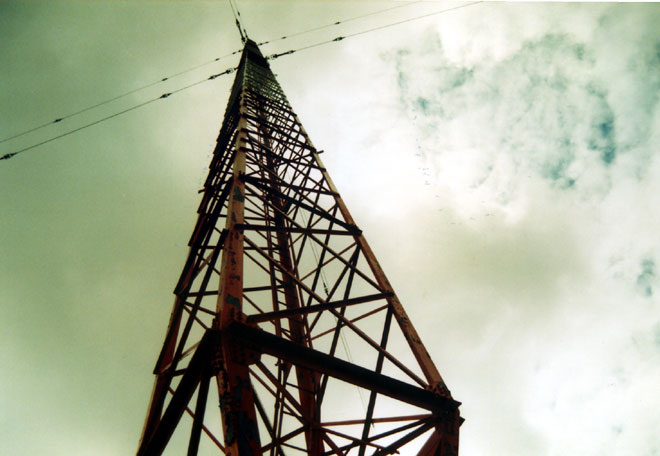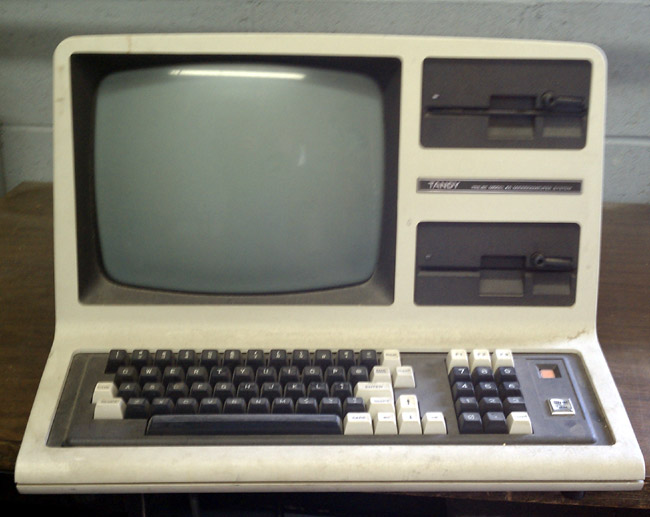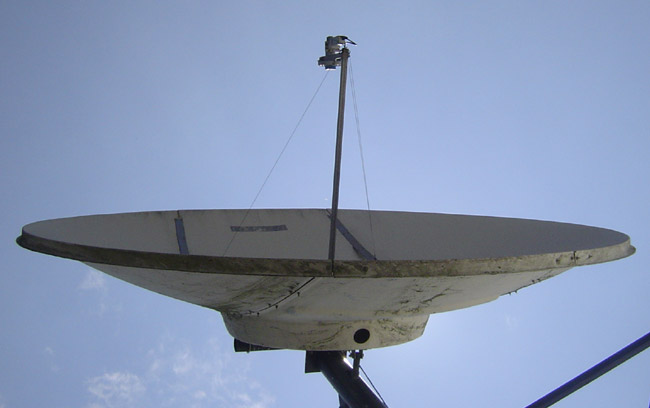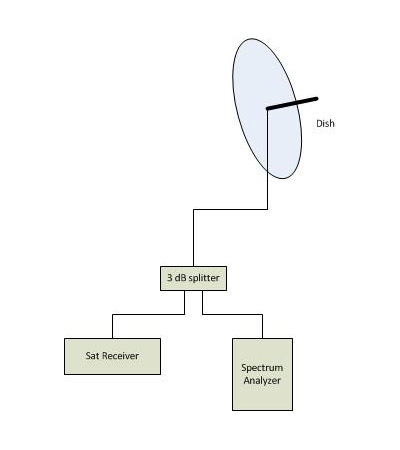Cause the STL receiver to unlock. A quick peak at the thermometer this morning showed -12° F outside. Meanwhile, out on the island, the WICC TFT STL receiver decided that it was just too cold to continue and gave up the ghost. Weak sister. This created quite a bit of hiss on the WICC signal until about 11 AM, when the program director finally called me to tell me of the situation.
Via remote control, we switched over to the backup analog 8 KHz 15 KHz TELCO line, which sounds fine, given the talk radio program material.
Unfortunately, vehicle access to the transmitter site is now gone. I have the option of taking the Bridgeport harbor master boat over to the dock and walking .9 miles, or driving to the Long Beach parking lot and walking 1.3 miles in order to repair it. This will likely be tomorrow, as the weather is supposed to be better, 36°F and light snow. Well, it is what I get paid to do.

Regarding the analog 8 KHz TELCO line, that is an anomaly. These analog circuits where used to wire the country together, once delivering all of the network programming to affiliate stations before the widespread use of satellites. They require unloaded dry pairs and normally have an equalizer on the Z (far) end. Nowadays everything is digital, try and find a tech to repair one of these circuits when it goes down. Fortunately, this is a short distance circuit.




